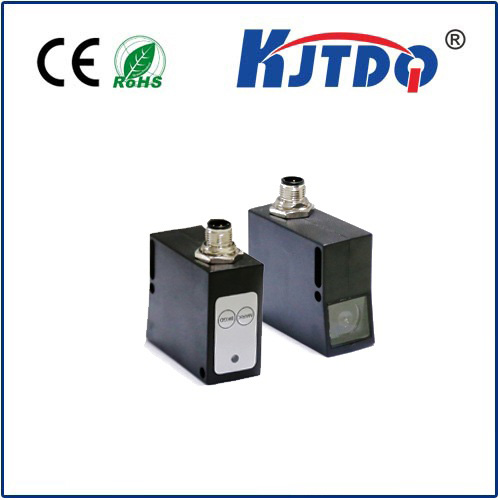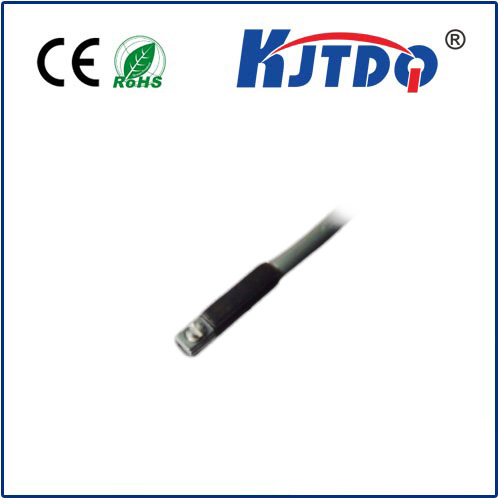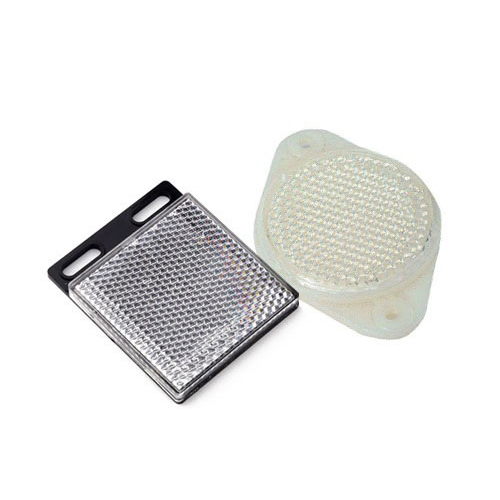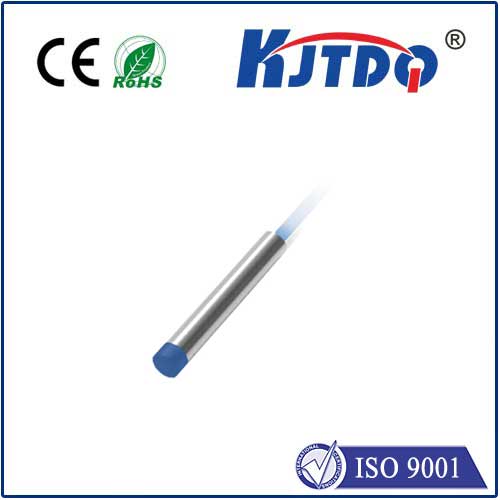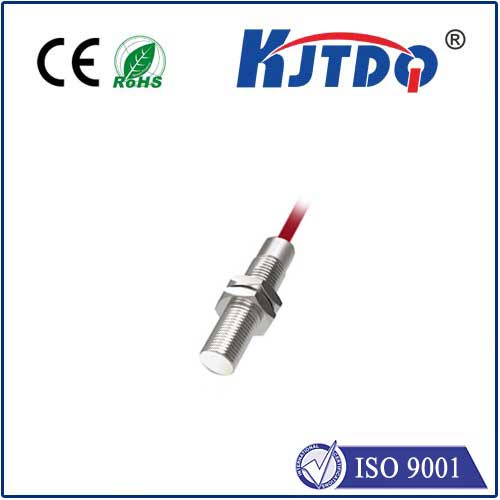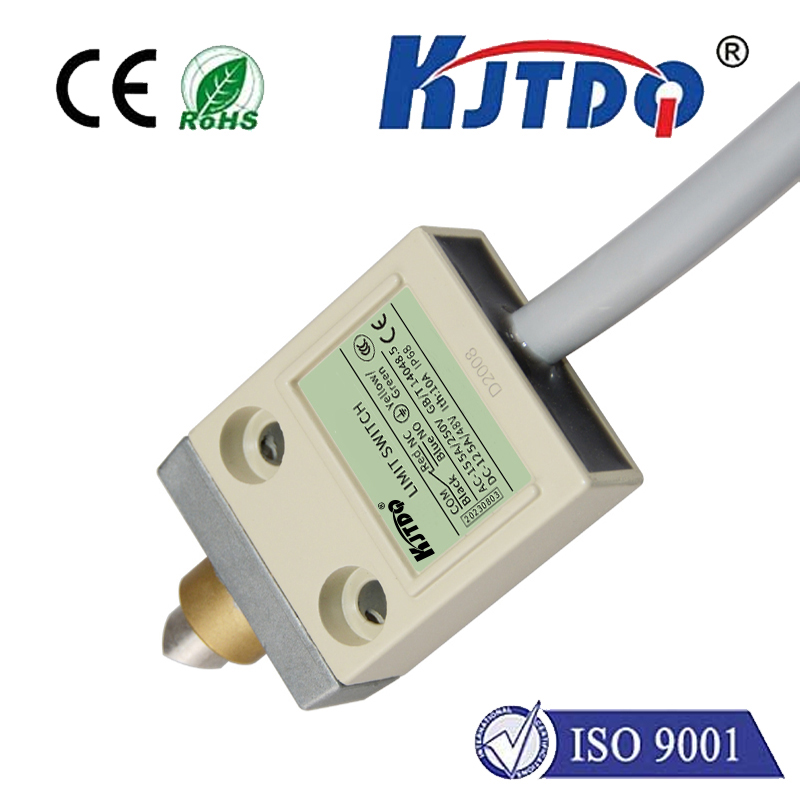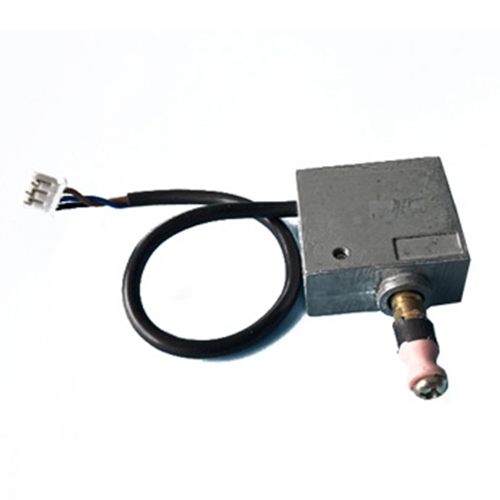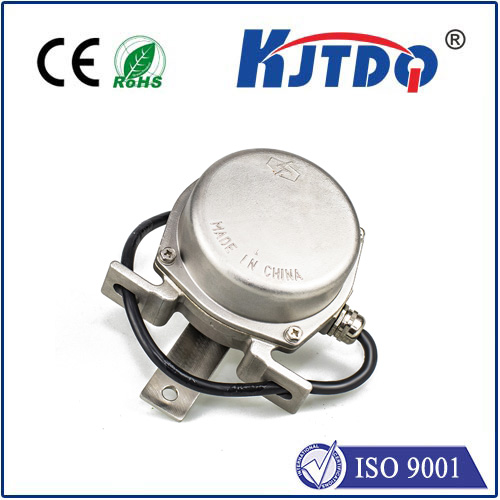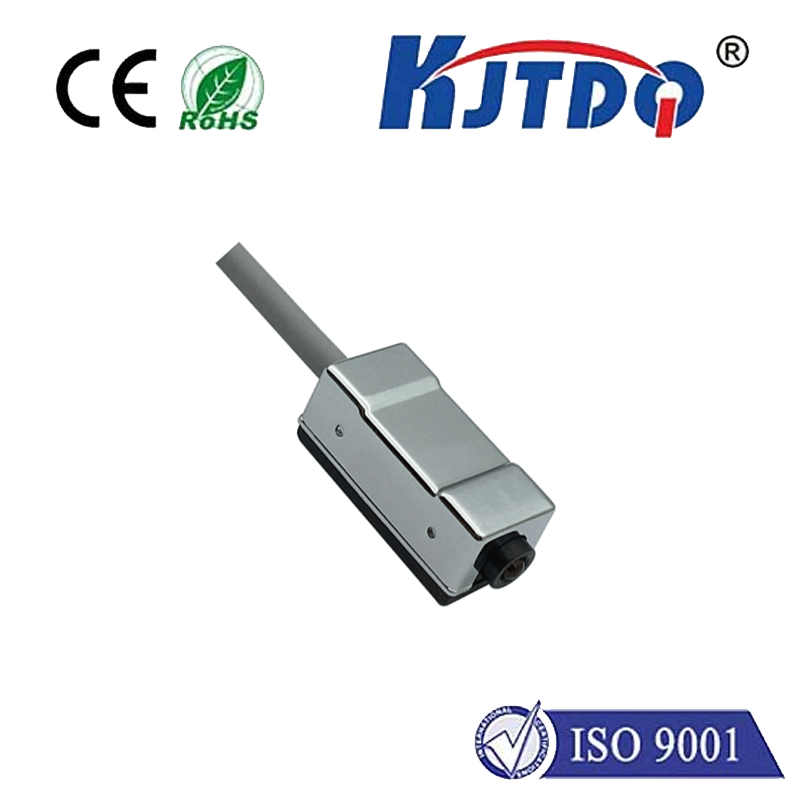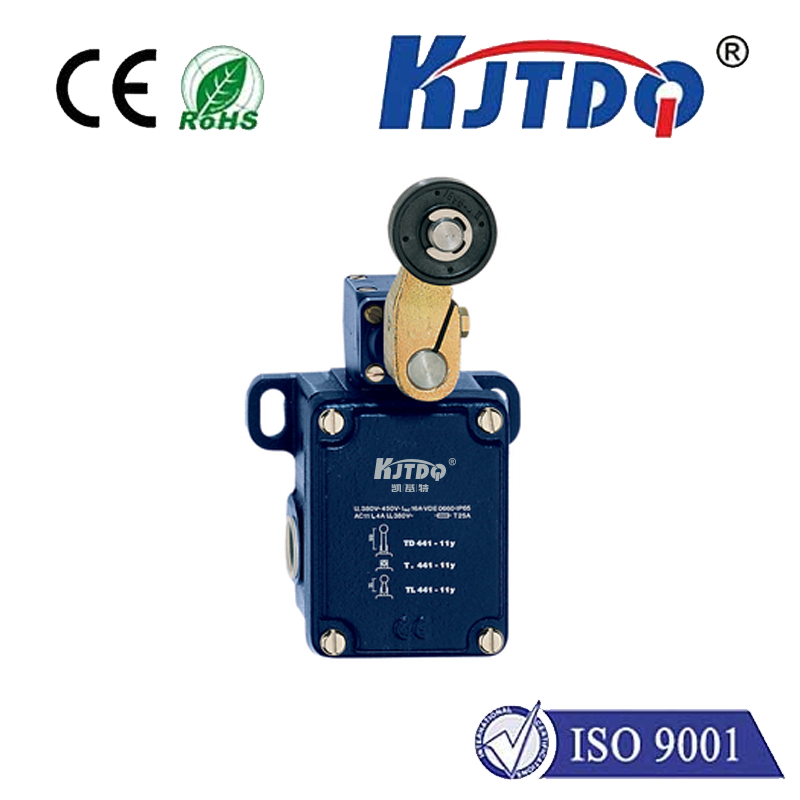proximity sensor 0-3 meter range
- time:2025-09-07 00:52:58
- Click:0
Exploring the Power of Proximity Sensors: The Essential 0-3 Meter Range
Imagine a machine effortlessly gliding to a stop just millimeters from an obstacle, a smartphone screen dimming as you raise it to your ear, or a warehouse robot navigating crowded aisles without collision. These seemingly intuitive interactions are often powered by a critical component: the proximity sensor. Specifically, sensors operating effectively within the proximity sensor 0-3 meter range form the backbone of countless applications where close-to-moderate distance detection is paramount. This sweet spot balances precision for near-field tasks with sufficient reach for spatial awareness, making it one of the most requested and versatile specifications in sensing technology. Understanding this range unlocks the potential for smarter, safer, and more efficient automated systems.
What Are Proximity Sensors and Why the 0-3 Meter Focus?

In essence, a proximity sensor is a device that detects the presence, absence, or distance of an object within its field of view or influence without physical contact. They emit a field or beam and analyze the changes in the return signal caused by a nearby target.
The 0-3 meter (approximately 0-10 feet) range is particularly significant because it covers the vast majority of everyday interaction zones. This range is ideal for:
- Near-Field Precision: Detecting objects within centimeters or millimeters (e.g., touchless faucets, screen blanking).
- Personal Space Interaction: Applications involving human presence or movement within arm’s reach or slightly beyond (e.g., interactive kiosks, security alerts).
- Localized Machinery & Robotics: Ensuring safe operation near conveyors, robotic arms, AGVs (Automated Guided Vehicles), and assembly lines.
- Object Detection in Confined Spaces: Bin level sensing, material handling within machinery, and small-area surveillance.
Sensors optimized for this range provide crucial data for automation, safety interlocks, user interfaces, and positioning tasks, striking a balance between detection distance, accuracy, cost, and power consumption that wider or narrower ranges might not achieve as efficiently.
Key Applications Leveraging the 0-3 Meter Proximity Sensor Range
The versatility of proximity sensors in this range means they are ubiquitous across industries:
- Industrial Automation & Robotics: Crucial for collision avoidance in robotic work cells, position sensing for actuators and cylinders, detecting parts on a conveyor belt, verifying tool presence, and triggering safety light curtains when personnel enter restricted zones. 0-3 meter sensors ensure smooth, safe, and efficient production flows.
- Consumer Electronics: Smartphones use these sensors to blank screens during calls. Gaming consoles detect controllers or player movement. Laptops might use them to wake from sleep when a user approaches. Touchless controls in appliances rely heavily on this range.
- Automotive: Enabling features like hands-free trunk opening (kick sensors), park assist systems detecting nearby obstacles, interior occupancy detection for airbag control or climate settings, and driver alertness monitoring (detecting head position/drooping).
- Security & Access Control: Detecting human presence for automatic door activation, triggering alarms for perimeter intrusion within a defined close range, and activating lighting systems for security or convenience.
- Building Automation & Smart Homes: Occupancy sensing for energy-efficient lighting and HVAC control, touchless control of fixtures (faucets, soap dispensers, flushes), and smart appliance interaction.
- Logistics & Warehousing: AGV navigation, detecting pallets or packages for counting/sorting systems, and proximity warnings for human-machine interaction in dynamic environments.
Key Technologies Driving the 0-3 Meter Range
Several sensing technologies excel within the proximity sensor 0-3 meter specification, each with distinct strengths:
- Ultrasonic Sensors: Emit high-frequency sound waves and measure the time-of-flight (ToF) of the echo. Highly effective for 0-3 meter range, they work well with diverse materials (solid, liquid, granular), are relatively immune to color or transparency, and perform reliably in dusty or foggy environments. Common in parking sensors, tank level monitoring, and object detection for AGVs.
- Infrared (IR) Reflective Sensors (including IR ToF): These sensors emit infrared light and detect its reflection off a target. Basic versions are excellent for very short ranges (cm), while IR Time-of-Flight (ToF) sensors provide highly accurate distance measurements precisely within the 0-3 meter zone. They are compact and widely used in consumer electronics (screen blanking) and industrial presence detection. Performance can be affected by ambient light or target reflectivity.
- Capacitive Sensors: Detect changes in an electrical field caused by proximity to a conductive or dielectric object. Primarily suited for very close range applications (millimeters to a few centimeters), such as touchless buttons, material level sensing in non-metallic containers, or detecting the presence of a hand near a control panel. While their core range is shorter, specific designs can extend detection into the lower end of the 0-3m spectrum for larger conductive targets.
- Inductive Sensors: Detect the presence of metallic objects only by inducing eddy currents. They are exceptionally robust, accurate at very close ranges (mm to cm), and dominant in industrial






